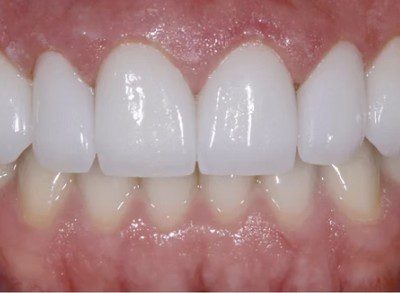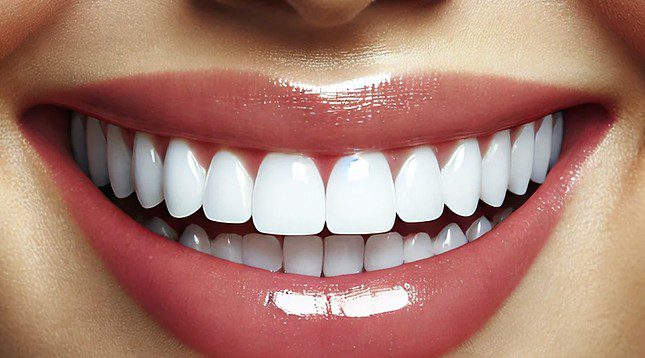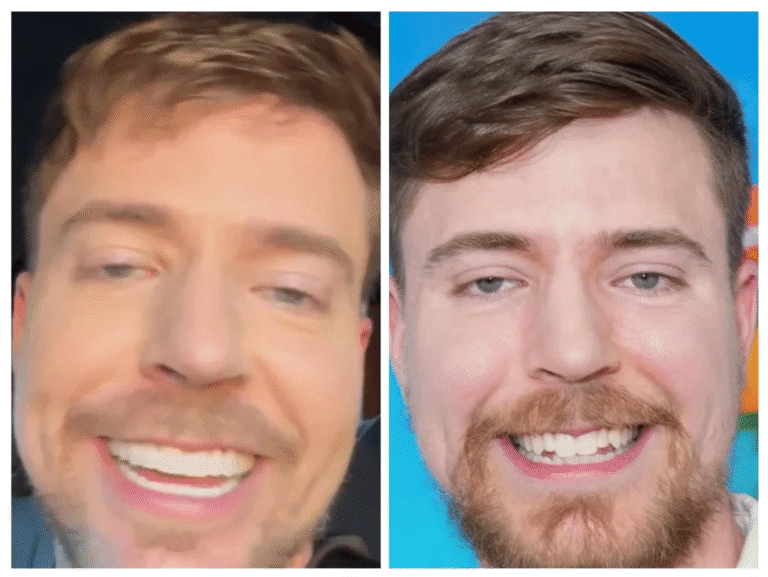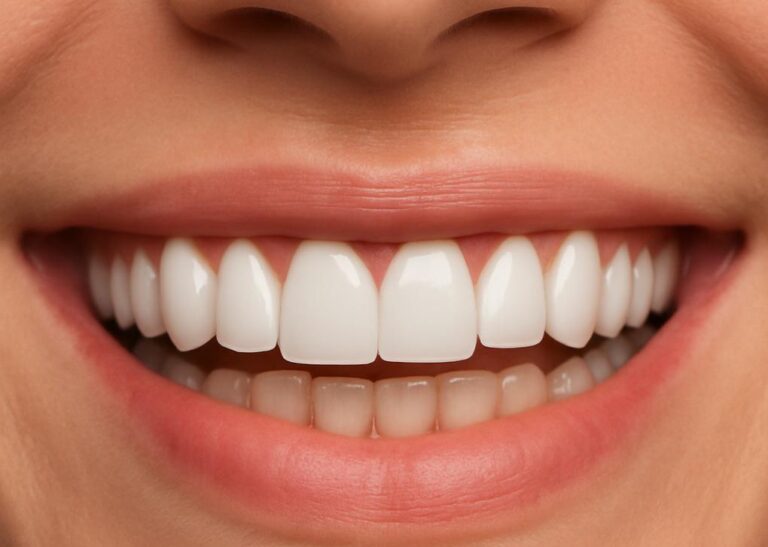Originally published on June 29th, 2024. Updated on May 21, 2025.
Cosmetic dentistry porcelain veneers are frequently promoted as the ultimate solution for achieving a flawless smile. They are increasingly favored by those aiming for a flawless smile; however, numerous individuals are being deceived
However, a growing number of cosmetic dentists are opting NOT to get porcelain veneers themselves.

Recent reports indicate that up to 95% of cosmetic dentists would NOT get them.
So, why are so many people opting for porcelain veneers? One might argue that dentists take better care of their teeth and thus don’t need them, but that’s not the truth.
Porcelain veneer cases have increased by 20-30% since COVID, with procedures often performed on patients with healthy teeth and smiles. Let’s explore the reasons below.
Understanding their reasons can offer valuable insights into the potential drawbacks and risks associated with this dental procedure

The Reluctance of Cosmetic Dentists
Cosmetic dentists, being at the forefront of dental aesthetics, have an in-depth understanding of the procedures they perform. Here’s why many of them are reluctant to get porcelain veneers:
1. Invasive Nature of the Procedure
- Tooth Reduction: One of the primary reasons cosmetic dentists shy away from porcelain veneers is the irreversible nature of the procedure. To place veneers, a significant portion of the tooth enamel must be removed. This process, known as tooth reduction, is permanent and can weaken the natural tooth structure. Also, in case your wondering, No Prep veneers are NOT REVERSIBLE.
- Potential for Sensitivity: Removing enamel can lead to increased tooth sensitivity. This sensitivity can be a lifelong issue, causing discomfort when consuming hot, cold, or sweet foods and beverages.

2. Durability and Maintenance
- Limited Lifespan: While porcelain veneers are durable, they are not indestructible. They typically last between 10 to 15 years, after which they need to be replaced. This involves further dental work and additional costs.
- Risk of Damage: Veneers can chip or crack, especially if the wearer engages in habits like nail-biting, chewing on hard objects, or grinding their teeth. Repairing or replacing damaged veneers can be costly and time-consuming.
3. Cost Considerations
- High Initial Cost: Porcelain veneers are expensive, with costs varying based on the complexity of the case and the expertise of the dentist. Cosmetic dentists, aware of these costs, may prefer less invasive and more affordable alternatives.
- Ongoing Expenses: Maintaining porcelain veneers can also be costly, as regular check-ups and potential repairs add to the overall expense.

The Dangers of Cosmetic Dentistry Porcelain Veneers
For those considering porcelain veneers, it is crucial to be aware of the potential risks and complications:
1. Permanent Alteration of Natural Teeth
- Irreversible Damage: The process of placing veneers involves permanently altering the natural teeth. This means there is no going back once the enamel is removed.
- Dependence on Veneers: Once the natural tooth is reduced, it will always require some form of restoration, making the patient dependent on veneers or other dental prosthetics for life.
2. Potential for Dental Problems
- Decay and Gum Issues: If veneers are not fitted properly, they can create spaces where bacteria can thrive, leading to tooth decay and gum disease.
- Misalignment and Bite Issues: Poorly placed veneers can affect the alignment of the teeth and bite, causing discomfort and requiring further corrective procedures.
3. Aesthetic Complications
- Color Mismatch: Over time, natural teeth can change color while veneers do not, leading to a mismatch. This can necessitate additional cosmetic treatments to maintain a uniform appearance.
- Unnatural Look: If not expertly crafted and fitted, veneers can appear unnatural, affecting the overall aesthetics of the smile.
Exploring Safer Alternatives
Given the potential risks and the invasive nature of porcelain veneers, some cosmetic dentists advocate for less aggressive alternatives that can still achieve significant aesthetic improvements:

1. Composite Veneers
- Non-Invasive, No Drilling: Find a dentist specializing in No tooth shaving composite bonding or composite veneers, ensuring no teeth shaving is necessary. Remember, not all composites are equal in quality. They can be applied directly to the tooth surface in a single visit. For more details on composite options, click here
- Reversible in principle: Unlike porcelain veneers, composite veneers are more easily repaired and adjusted, offering a reversible option if changes are needed.
2. Teeth Whitening and Orthodontics
- Non-Invasive Options: Professional teeth whitening and orthodontic treatments like Invisalign can enhance the appearance of teeth without altering their structure.
- Long-Term Benefits: These treatments address the underlying issues rather than masking them, leading to healthier and more sustainable outcomes.
Conclusion
Porcelain veneers come with significant risks and long-term considerations that make them less appealing to cosmetic dentists who understand the full scope of their implications.
For those seeking to enhance their smiles, exploring less invasive options and thoroughly discussing potential risks with a trusted dental professional is essential.
If your current dentist doesn’t offer composite bonding, consider seeking a second opinion from a dentist who does. It’s always wise to explore different options
By prioritizing the health and integrity of their natural teeth, individuals can achieve beautiful and lasting smiles without the drawbacks associated with porcelain veneers.
Disclaimer: This content is for informational purposes only and does not constitute medical or dental advice. Always consult with a licensed dental professional before making decisions about your oral health.






